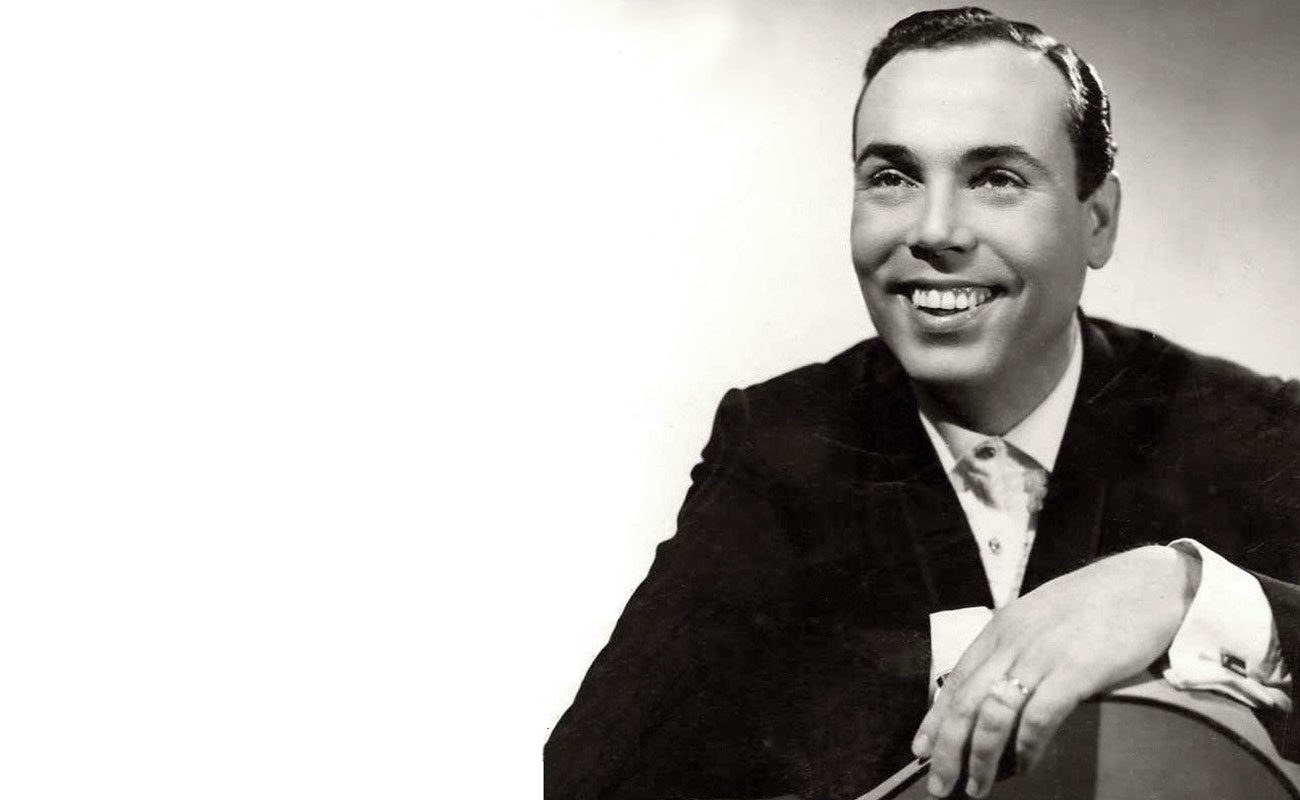A memory of Christmas Eve with Enrique Montoya
Nearly sixty years ago, round about the time I discovered Sabicas, and the vivid images his guitar-playing expressed, I was surprised, and a bit annoyed

Nearly sixty years ago, round about the time I discovered Sabicas, and the vivid images his guitar-playing expressed, I was surprised, and a bit annoyed to discover I had bought a recording of his on which he had deigned to put his lush music to the voice of a flamenco singer, namely, Enrique Montoya (Utrera 1928-1993). They hadn’t yet invented the double-deck cassette recorder…in fact, there weren’t even cassettes, we were still doing reel-to-reel, so using two Grundig tape recorders borrowed from friends, I painstakingly used the pause and record buttons to stop-start my own voice-free version of the record. And to this day I deeply regret having committed that stupidity.
Just one decade later, when I was living in Utrera, Diego Chamona, Manuel Marquesito and other flamenco friends took me to a Christmas Eve fiesta on the edge of town in an old warehouse with a dirt floor, bare lightbulbs hanging from the ceiling and no heating; the typical fiesta venue of the early seventies. I was shocked upon arriving to see Enrique Montoya among those present, you would never have expected to find this renowned artist in such humble surroundings.
It’s often said the one thing Utrera’s flamenco singers have most in common is that they all sound markedly different from one another, each with a distinct personality. And indeed Enrique’s crystalline voice and crisp delivery had little to do with Fernanda or Bernarda, Perrate, Turronero, Gaspar, the two Pepas, de Benito and de Utrera, Manuel de Angustias and others. But when the man picked up his guitar and began to sing as well as dance…simultaneously…with whip-crack rhythm, a voice like quicksilver and tongue-twisters worthy of Antonio el Chaqueta, I was completely bowled over. In fact, I haven’t seen anyone before or since able to do all that without looking like a circus attraction. For Enrique it was as natural as breathing, and he did all three things well, a grand professional with absolute control and command. And with all that, he also had the Utrera sound por soleá and other forms, a recognizable way of traveling through the music, leisurely but with an intense infallible undercurrent.
Born and raised in the very flamenco town of Utrera, Enrique moved in the circle of singers Curro de Utrera and Perrate with whom he acquired a deep understanding and command of the most traditional sort of flamenco singing. He sang from early childhood, and through the entire Civil War, and in the grand tradition, he learned to play guitar in a barber-shop. These three men shared adventures throughout their youth; Curro was full of anecdotes when I visited him at his home in La Guijarrosa (Córdoba) some years ago. He recalled a show that featured an elderly Pastora Pavón who could no longer remember the verses of her repertoire. According to Curro, only Enrique Montoya was able to make her sing by accompanying her on the guitar and helping her along with the words.
Years later, while working in Havana, Cuba, he learned the song “Esperanza” which would bring him international fame, and another song, “Señorita”, was a huge recording success, but cante was always close to his heart. In addition to the recording with Sabicas, Enrique Montoya also recorded with Manolo Sanlúcar and Paco de Lucía, mostly songs but always some cante; he also sang for Carmen Amaya on several occasions. According to flamencologist Manuel Peña Narvaez, in the Potaje Gitano de Utrera of 1964 “Enrique sang cantes of Juan Talega and Antonio Mairena capably and profoundly, accompanying himself on guitar with distilled purity and the gut-sound on which good solid flamenco singing has always been based”.
Enrique died July 29, 1993 at the age of 64. In Utrera’s Plaza de la Constitución there is a life-sized statue of this much underestimated artist.




